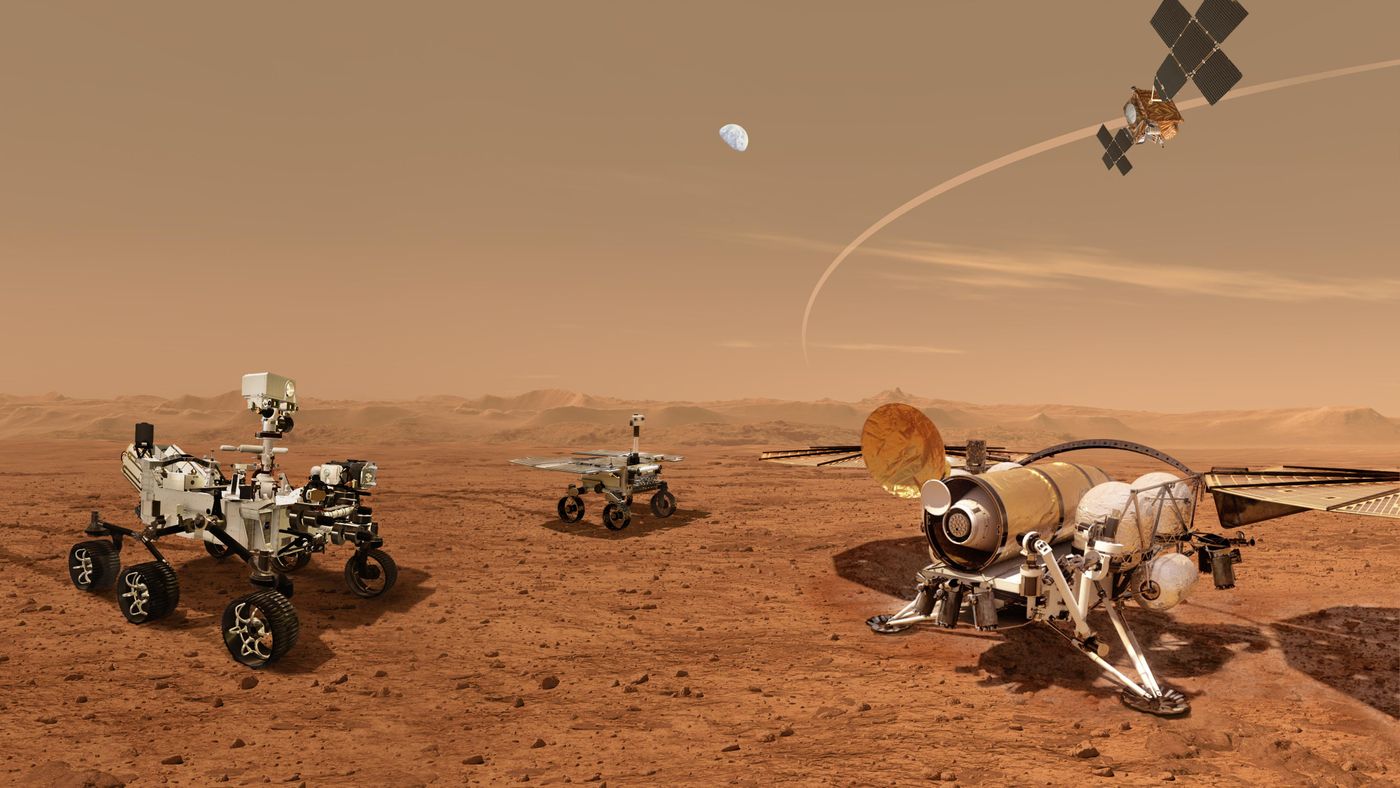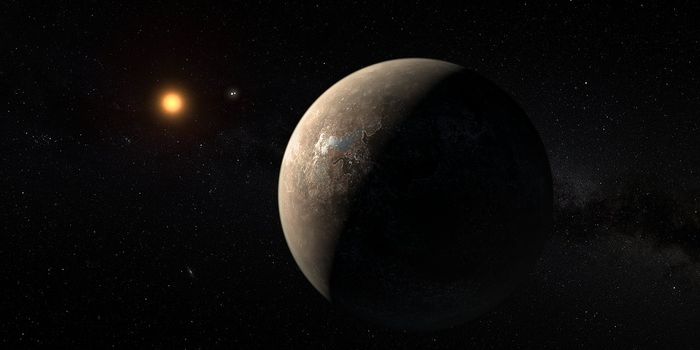NASA Plans to Bring Mars Rocks Back to Earth
In continuing the time-honored tradition of celestial rock collecting, NASA’s Perseverance rover has collected a specimen of Martian rock in the first step of a plan to bring matter from the Red Planet back to Earth. According to a press release from NASA’s Jet Propulsion Laboratory (JPL), Perseverance drilled and scooped up a sample of a red rock core on September 1st. While humans have brought back Moon rocks before, this retrieval marks the first time that material from another planet has been acquired for eventual return to Earth.
NASA’s newest rover took the first step of the extraterrestrial mission in straightforward fashion. It drilled into a choice stone, scooped up the excavated sample, and stored the specimen in a titanium tube, which was subsequently sealed. The rover repeated this process multiple times throughout Mars’s Jezero Crater. As it continues on further journeys of exploration and experimentation, Perseverance will hold on to these sample tubes until NASA and other coordinating agencies determine the best way to bring the samples back to Earth.
There is currently no set method for retrieval. NASA plans to develop and implement a recovery mission alongside the European Space Agency (ESA). This would entail future missions that incorporate rockets to get to and back from Mars along with a fetch rover designed to pick up the samples from Perseverance and send them into space. While managing the intricacies of rocket science, these agencies must also make sure both that the samples do not bring any contaminants with them to Earth and that no Earth contaminants affect the samples before they can be analyzed.
If ever there was a herculean task of engineering, this celestial retrieval would qualify. Though time and again, our scientists, engineers, and auxiliary staff have proved their ability to do the improbable. Hopefully, we can look forward to another instance of such improbable overcoming and, with it, the arrival of a new age of space exploration.
Source: NASA JPL
Banner Image Source: NASA/JPL-Caltech
Article Image Source: NASA/ESA/JPL-Caltech
-
APR 30, 2024Immuno-Oncology Virtual Event Series 2024
-
MAY 07, 20243rd International Biosecurity Virtual Symposium
-
JUN 06, 2024The Future of Scientific Conferencing
- See More


















































